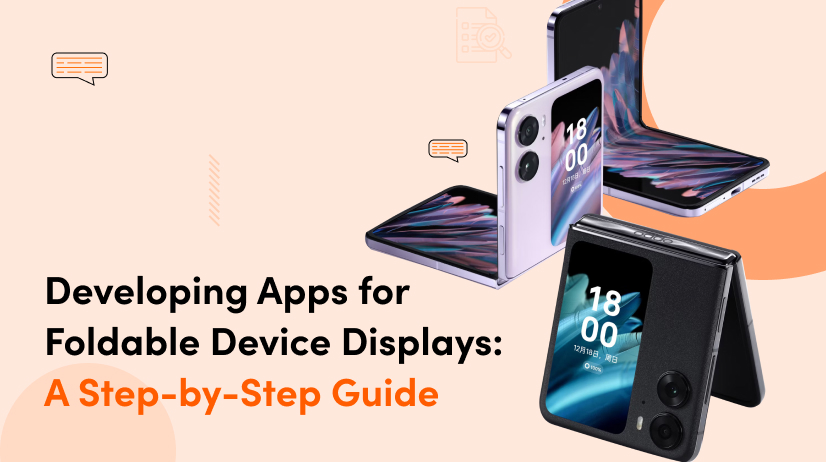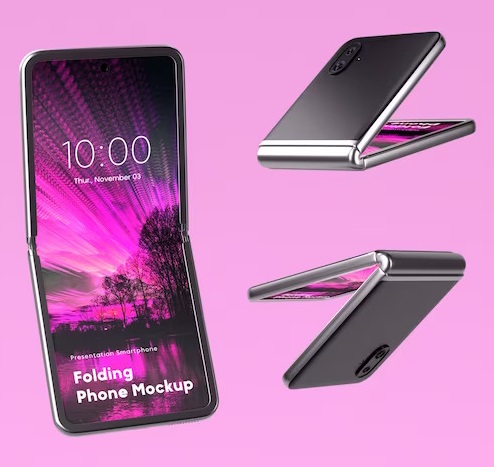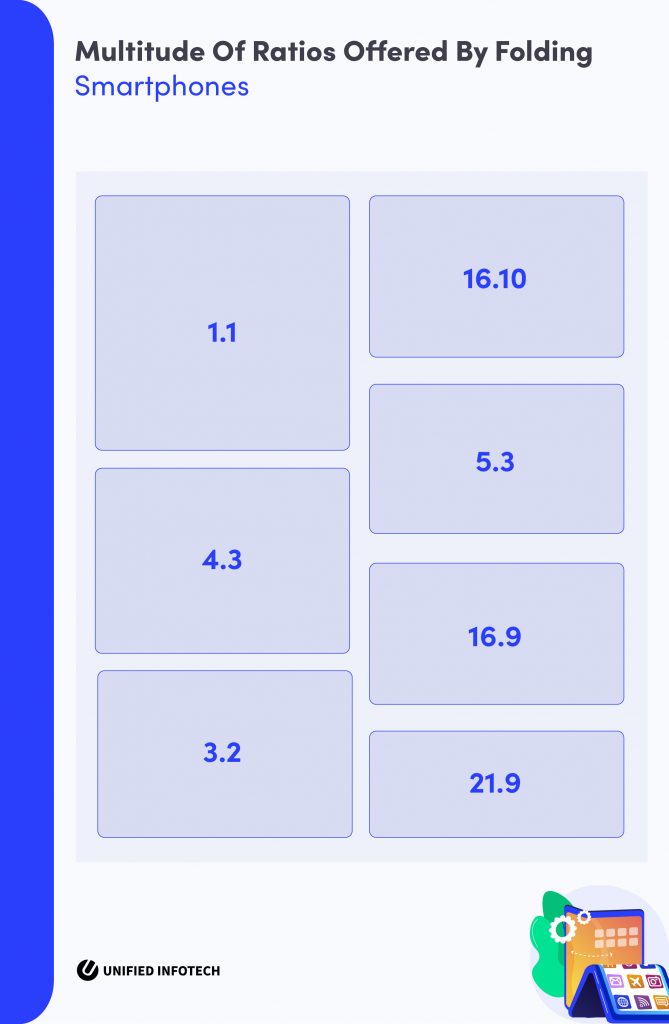A Quick Guide on How to Optimize Apps for Foldable Smartphones?

SoSourThe App Development industry is rapidly evolving with innovations and advancements. Gone are the days when phones were only used for calls and messages. Now with advanced technological developments, the use of mobile has also revolutionized. This has considerably changed after the introduction of smartphones and foldable devices. It has, over time, emerged as one of the most promising solutions for all needs. Users can do almost anything with these advanced devices, from multi-screen functionality to personalized use. So, how are the apps optimized and designed for these foldable devices? This blog details a complete analysis of the same for your better understanding.

Why Use a Foldable Device?
In the last few years, the popularity and demand for foldable smartphones have increased to an all-time high. The need for it has more essentially been identified after the pandemic. When everything from offices to schools shifted online to cope with the new normal. To simplify it, foldable smartphones are a definite combination of smartphones and tablets. These devices have a lot to offer, from stylish interfaces and streamlining better workflow to versatile application usage. There are several benefits to using these devices for users. Some top benefits of using these devices are:
Users can utilize multiple operations through the help of a multi-windowed mode. Users can effectively perform several tasks simultaneously without the difficulty of screen limitations. From banking, calculations, and watching movies to reading the news, you can do anything and everything at once.
Split screen facilitation helps users to both read and write at the same time without any challenge. Through the use of the split screen, you can efficiently perform multiple tasks at the same time.
Foldable Devices are Extraordinary for gaming and entertainment purposes. These devices can be easily converted to a tablet anytime needed. Thereby it offers a great on-the-go experience for customers.
The use of foldable smartphones has evolved to such an extent that almost any operation can now be performed in them. Further, the image below rightly represents how these foldable devices will dominate the global market in the future as well.

App Development Challenges for Foldable Phones
It is indeed true that there are ample benefits to using foldable devices. But there are some additional challenges associated with it, which you might face before building an application.
Continuity Risks
One of the top reasons most customers have switched to the use of foldable smartphones is because of the large screen spaces. But one evident challenge with a large screen is that it affects the continuity of the applications. This is mostly faced when customers suddenly change the screen and applications instantly stop working. Most developers in this stage need help to upgrade foldable smartphones in a compatible manner to avoid this challenge.
Accessibility Limitations
Proper accessibility is essential when using a smartphone. It helps users be aware of their smartphones and ease their usability. When developing an application for folded devices, this accessibility limitation is a significant challenge. This becomes even more challenging when the foldable devices suddenly change from closed to open view.
Most developers face the challenge of adequately designing apps that are easily accessible, even with the frequent switches of screen sizes. Other than this, ratio issues are encountered when developing the applications. The challenge here is aligning the page perfectly without missing a ratio gap.
How to Develop Apps for Foldable Devices
The foldable smartphone app development process is entirely different from the traditional applications. The design is tricky and way more complicated. So, let's look at the main parameters you need to check before designing an app for foldable devices.
Balancing Continuity between Screens
When discussing foldable smartphones, there are two types of screens. These include the unfolded and the folded screens, i.e., the cover and main display. Now, when using the foldable screen, the operation is similar to normal smartphone usage. However, in the case of the unfolded one, the entire phone transforms into a complete tablet for a better user experience. The tough call here is appropriately utilizing the app's extra space for the unfolded screen. When designing an application, it is crucial to maintain these additional gaps for improved continuity. There should be no minimal changes happening in the entire layout of the application.
Additional Support for Multiple Windows
One of the significant reasons to proceed with foldable devices was to offer maximum window space to users. These multi-window apps must be adequately developed to deliver superior functionality when using the foldable device. It is essential to remember that flexibility is provided to customers when using foldable smartphones. For example, users should be able to run more than three apps simultaneously without screen issues quickly. The multi-resume feature is the best way to upgrade and utilize this feature. Opting for this feature helps to efficiently support the multi-window facility for users for an utterly uninterrupted experience.
Responsive App Design
Customers now prefer apps that are effective and responsive at the same time. In this scenario, no customer would wait around to wait for the app to work correctly. The mobile app UX design must be on point when developing an application. To properly ensure this, the best way out is to ensure that all the design-based elements of the application and fonts are rightly adjusted. Developers must focus on the dual-screen ratios to implement the correct design layout.
Adjustment of Screen Ratios
In foldable devices, the screen ratios can vary from a mere 1.1 ratio to 21.9. When developing an application, it is crucial to test each of these screens and ratio ratings properly. Properly following this measure will help make the application flexible enough for users. Now, the factor that affects these ratios is the screen size. To ensure that applications are compatible with all users, checking them on multiple devices is essential. The below picture effectively represents the screen ratios.

The last step is to test the applications for better performance analysis. It is crucial to check the apps before deploying foldable devices. The best way to prevent the application is by following the below steps:
Changes in the configuration of the application when used in folded and unfolded mode
Multi resume and window view and their compatibility
Analysis of resizing based on the screen ratio
Top Foldable Smartphones to look forward to in 2023
The emerging trends are offering advanced technologies and benefits for smartphones. Following this, various foldable smartphone app designs have emerged in the market. Some of the top applications that will be among the most used list in 2023 are:
Samsung Galaxy Z Fold 4
Samsung Galaxy Z Flip 4
Microsoft Surface Duo 2
Conclusion
To conclude, foldable applications will surely be the next big thing in the smartphone market. It is widely being used, and in the coming days, the intensity of its usage is even going to exceed. However, before developing or designing an app for these devices, it is crucial to follow the above-listed steps for the best result. Try to do proper research and choose the best web app development company.